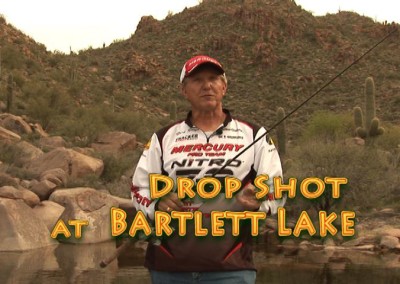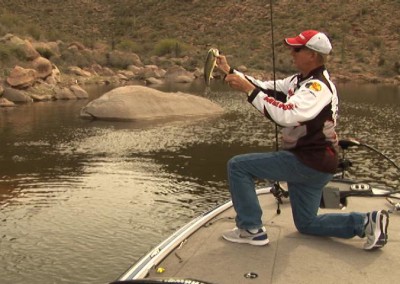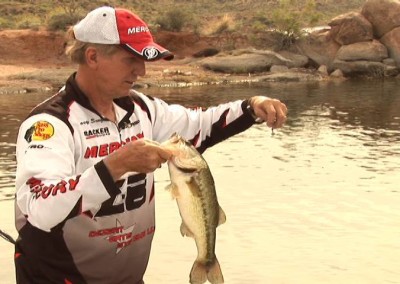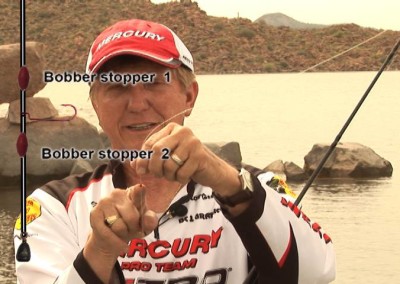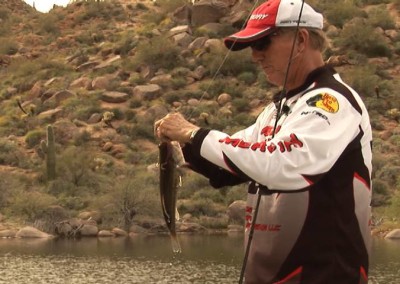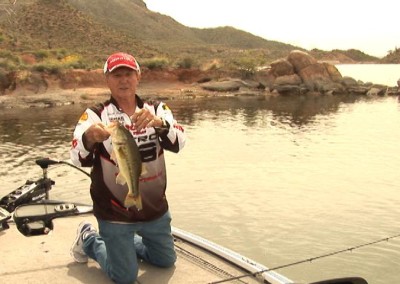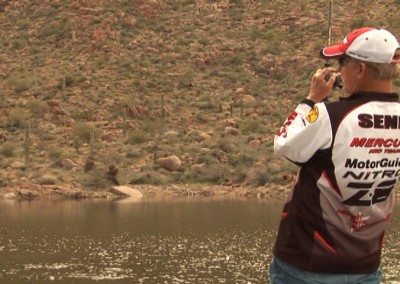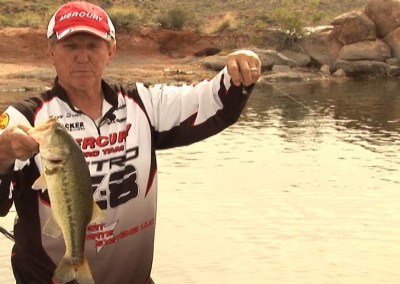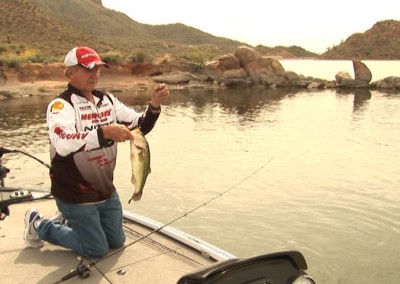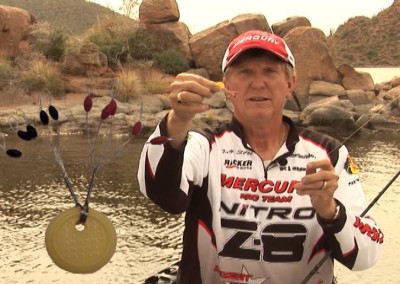BASS FISHING IN ARIZONA
BASS FISHING IN ARIZONA
Bass are a standout amongst the most looked for after of all the amusement fish. Its allure traverses societies, age gatherings and sexual orientations to tap on the heart series of fishermen all over. Go along with us in our attempt to offer data about bass angling on your most loved bass lake in Arizona.
Understanding the essential occasional developments of smallmouth bass and largemouth bass is vital to finding them on nearby lakes in the Fabulous Canyon State.
ARIZONA BASS FISHING LAKES:
The state offers fantastic angling waters, each with their own particular unique bid. Roosevelt is the biggest. It is the head lake in a chain of 4 lakes and gathers new water from the Salt Stream and Tonto River. This flood of crisp water advances high generate rates and gives supplements to a solid natural way of life. Roosevelt Lake sports both largemouth and smallmouth populaces, with a lot of each. Depending upon the season and time of the very first moment, someone can catch large mouth’s starting from the surface to 40 or 50 feet profound.
Apache Lake, the second lake in the chain, offers some fine smallmouth fishing and really fair largemouth angling. It is an overwhelmed waterway channel with amazing surroundings which incorporate untamed life asylums. You can get smallmouth and largemouth on consecutive throws, and the lake is known for top water activity amid the warm months of the year.
Apache Lake offers a portion of the best smallmouth bass fishing in the state. At the Apache Lake Marina there are advantageous cabin and outdoors alternatives, an eatery, bar and store.
Canyon Lake, third in the chain, is another overwhelmed waterway channel and offers basically largemouth angling. This lake is known for littler amounts of bass yet commonly higher quality. Numerous substantial fish are gotten on Canyon Lake every year.
The fourth lake in the chain is Saguaro. It again offers essentially largemouth bass angling. As the last lake in the chain it underpins a much littler populace which is frustrated further by the way that the lake level is deliberately changed more than 10 feet in a 24 hour period for creation of power.
Bartlett Lake is on the Verde Stream upper east of Phoenix. It offers largemouth bass angling which might shift from year to year contingent upon emotional water level changes.
Lake Pleasant, northwest of Phoenix is a speedy drive from town and offers amazing largemouth angling. It bolsters a decent populace of bass and offers some lunker fishing on occasion.
San Carlos Lake in eastern Arizona is a safe house for enormous bass when the water level stays advantageous for quite a long while in succession. On occasion this lake can convey a breaking point of bass in the six to seven pound range.
Alamo Lake on the Bill Williams Waterway in western Arizona is another lake which offers stringers of huge bass when the water levels participate for a couple of years in succession.
Along the Colorado Waterway Lake Powell, Lake Mead, Lake Mohave, Lake Havasu and Martinez Lake all offer fine largemouth bass fishing. These are huge waters which bolster both amount and nature of bass. These normally clear water supplies test the fishermen abilities and offer numerous approaches to catch bass.

